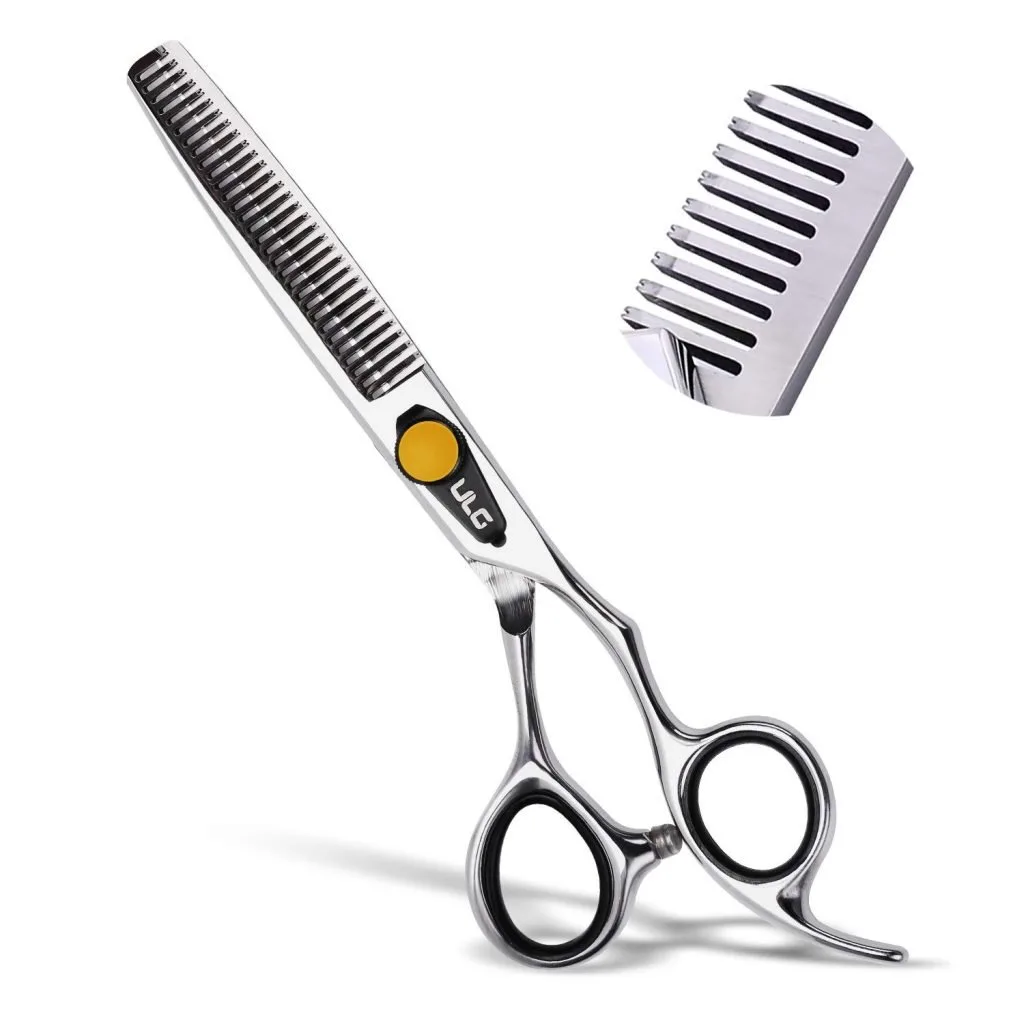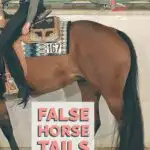Fake Tails- are they Really “a thing”?
Horse shows have always been something of a beauty pageant for both horses and riders, but in the late 20th century it became increasingly common to improve the length and fullness of a horse’s tail by using what’s referred to as a “false tail” or “tail extension.”
Ok, so what is a fake tail?
The phrase “fake tail” is a bit of a misnomer: no one is chopping off and replacing the horse’s tail with an artificial tail, but what this practice does entail is the equine equivalent of hair extensions. And the hair extensions, though they don’t belong naturally to the horse, aren’t exactly fake.
Since synthetic hair hasn’t yet been able to convincingly mimic horse tail hair, fake tails are created, glued, or stitched together using the tail hair from horses who have been slaughtered for meat in countries where that is a common practice. These tails have become a strange, but not uncommon, export to the USA.

Do I need a fake tail to take my horse to a show?
Definitely not! Tail extensions are only allowed in some types of horse shows, and only (arguably) needed at the higher levels of those types of shows.
Shows where false horse tails are common (but never required)
- Horse halter/conformation classes put on by a breed organization that allows fake tails
- Western pleasure classes at mid to high levels of competition
- Hunter/jumper classes at mid to high levels of competition
Shows where false horse tails are not needed or required
- “open” local shows put on by regional organizations, 4-H, etc. (an open show is a show in which all breeds are permitted to exhibit)
- County fairs
- rodeos and show-deos (rodeos in which there are equestrian events)
- any open show at any level of competition IF your horse’s breed standard dictates that it should be shown with a natural mane and tail (read on for more details about this caveat).
Horses that should never be shown in Fake Horse Tails:
In some breeds, such as quarter horse and paint horse, nearly every horse will exhibit at a breed-association organized show with a fake tail extension, while other breed associations, including Arabian, Andalusian, Bashkir Curly Horses, Friesian, Lusitano, and Morgan breed registries forbid fake tails in competition. The governing bodies for these breed associations have explicitly forbidden false tails and will disqualify a rider if they are caught exhibiting a horse with a tail extension.
Just as how in dog shows each dog breed is judged against their own breed “standard,” instead of being judged directly against other dogs – the same type of judging is supposed to exist in all-breed or “open” horse shows. Because of this, even if you enter a Western pleasure class in which every rider is mounted on stock horses with false tails, if you are riding a horse of a breed where false tails are forbidden, your lack of a false tail should not be held against you or your horse.
Although technically true, not every judge is aware of this rule, knowledgeable about the particular standards for every breed, or able to recognize a unique breed of horse at first glance. Occasionally, it may be appropriate to inform or even educate a horse show judge about your horse’s breed.
Buying a False Horse Tail Extension
Horse tail extension shopping is one area where it doesn’t pay off to be cheap. A horse tail that doesn’t color-match your own horse’s tail, is low-quality, or is not fit well can do more harm than good in the show ring.
The following section may contain affiliate links. As an Amazon Associate, we earn from qualifying purchases.
Advice for getting a great-looking tail extension:
- Aim for a full, natural look: if your horse has decent tail length and fullness, don’t purchase a heavy tail extension, just a small extension to fill out the length.
- Seek out a manufacturer or retailer who will let you either 1.) Send a sample of your horses tail in for color matching, or 2.) Allow you to try out and return tails until you get a perfect match.
- When you choose your new tail, groom it! A tail with uniform length looks unnatural and unsightly! Use thinning shears (these scissors won’t leave choppy ends- and are great for manes too) to very carefully, just a bit at a time, create a more naturally feathered end.
- Study, practice, and practice some more how to attach the tail to your horse. There are various attachment methods – all of which are effective and look reasonably natural if attached correctly. If you don’t have a local friend or teacher who can show you how to attach a false horse tail, check out tutorials on YouTube and be sure and practice multiple times before your first show.
- Don’t neglect grooming and care for your horses own tail. Tail extensions are an artificial answer to the tail your horse would ideally grow. Wow judges and create envy in your competitors by creating a tail care regimen that creates the same or similar result without the fake look.

TL;DR
Though there can be a lot of pressure in some show circles to invest many hundreds in a premium false tail, the truth is that performance, practice, conditioning, and care wins horse shows, not false horse tail extensions. False tails are very likely a trend that will pass in the coming years, but good grooming, turnout, and conditioning- which anyone can afford- will always be on-trend in the horse show world.

